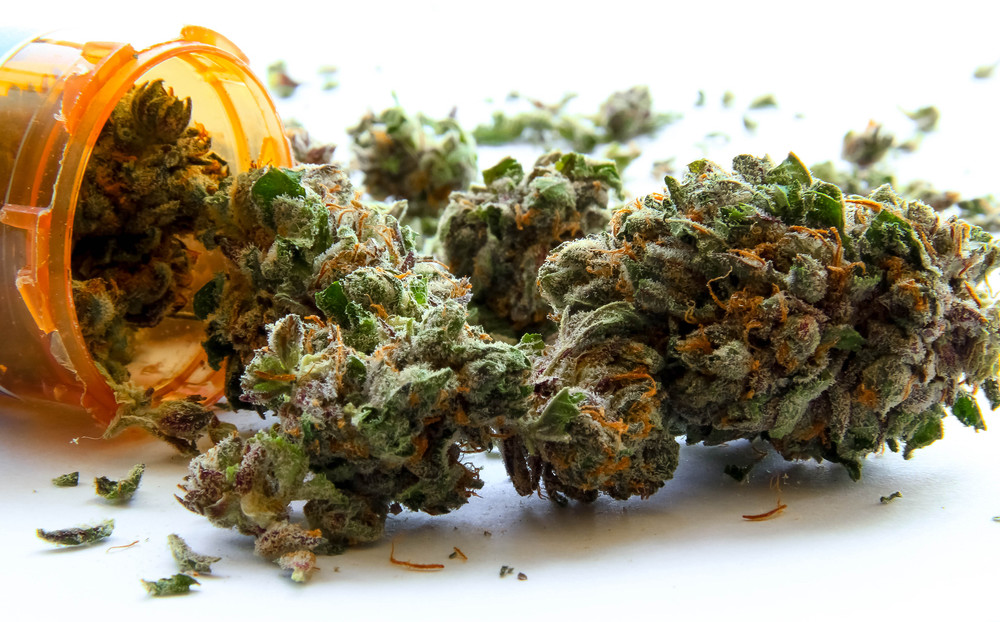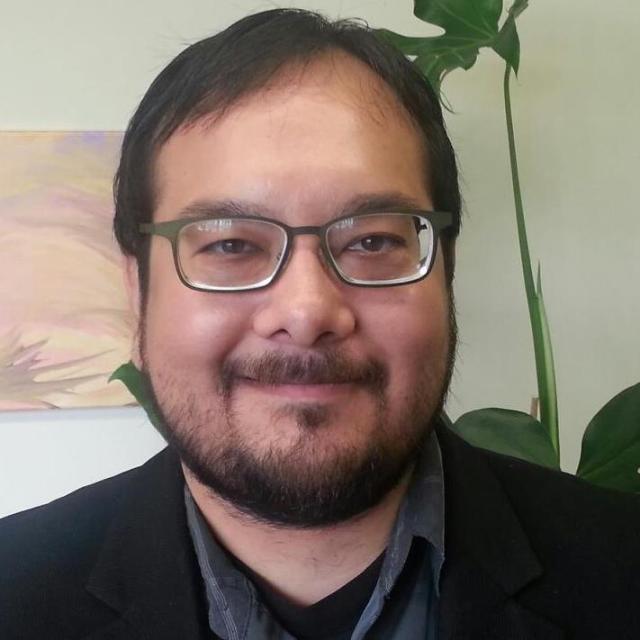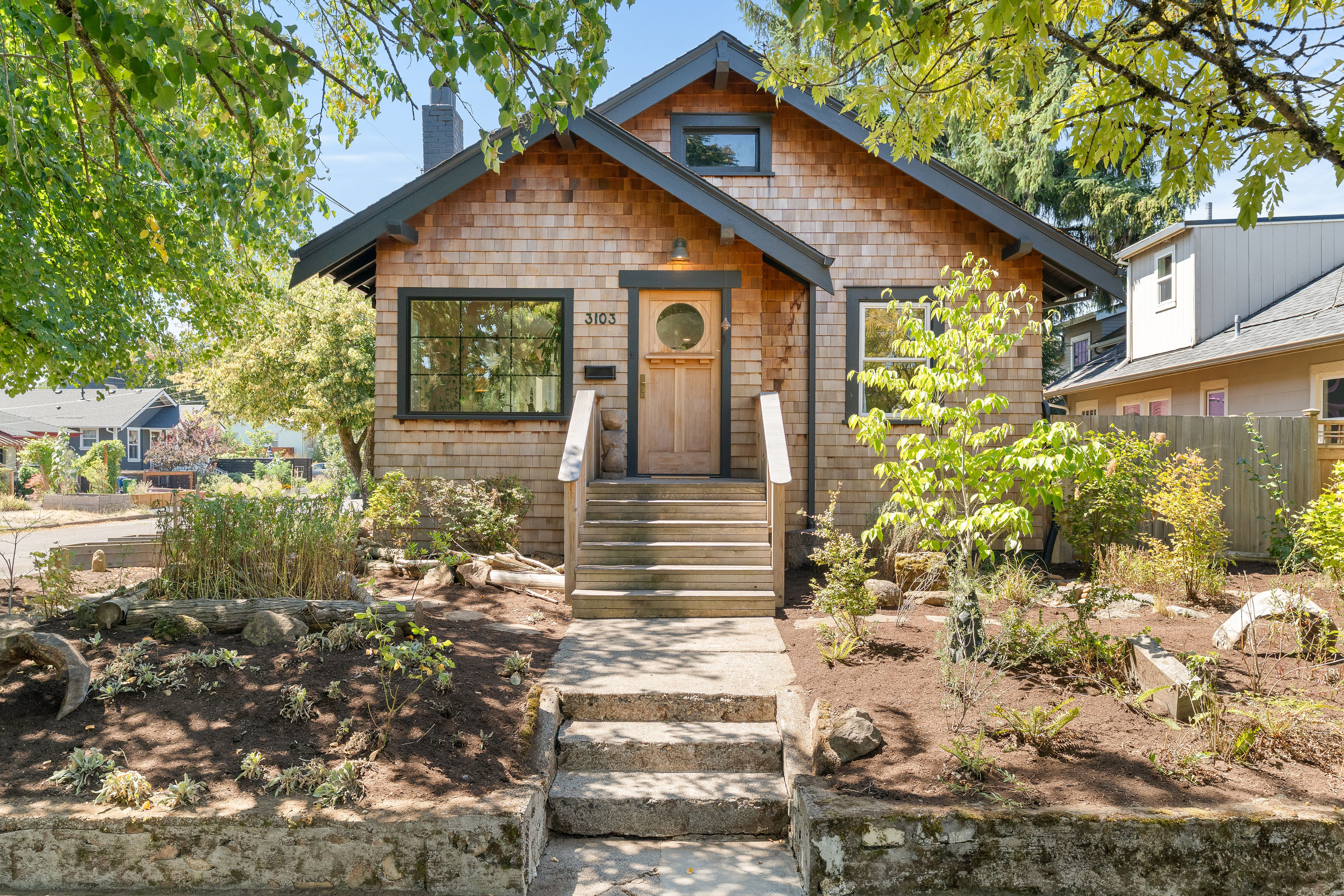Marijuana Legalization: Where Are We Now?

Image: Atomazul
Starting September 12, the fourth annual Oregon Medical Marijuana Business Conference will bring together activists, politicians, and business owners to discuss the current state of the industry. As dispensaries prepare to sell recreational marijuana to Oregon adults beginning October 1, the conference will tackle the tricky regulatory, legal, and commercial environment now clouding the well-established medical marijuana industry and the new recreational market.
We talked to Anthony Johnson, marijuana politics blogger, activist, and chief petitioner of last year's legalization effort—Measure 91—to fill us in on the conference, the current state of marijuana law, and what changes he'd like to see in Oregon post-legalization.

Anthony Johnson
Image: Anthony Johnson
So, get us up to speed on what's happening now?
Starting October 1, existing medical marijuana dispensaries can start selling up to 7 grams of cannabis flower to adults, tax-free—until January 4, and then a 25 percent tax begins. The licenses for those medical marijuana dispensaries last until December 31, 2016. Additionally, the state will be issuing processing licenses to medical processors that make infused products. The state is developing the rules and regulations through the OLCC.
How will this stop-gap system be different than what we will eventually see in Oregon?
There are ultimately two separate systems: the medical system and the recreational system. The OLCC is working on the regulations to see how the medical marijuana growers can provide to OLCC stores, and how OLCC stores can provide medical marijuana tax-free to patients. Medical marijuana dispensaries are either going to want to have both licenses—medical through the Oregon Health Authority, and recreational through the OLCC—and some may decide to stick only with medical.
The recreational system is not replacing the medical system, but there will be some overlap.
Will the legislature be involved in future changes?
The cannabis industry is looking to get legislation to potentially allow medical marijuana dispensaries to start selling certain products like edibles and tinctures as well. The OLCC recreational system probably won’t be up and operating until the fall of 2016, around October 1, 2016, and that's the likely date you’ll first see OLCC regulated stores.
The cannabis industry is definitely interested in expanding the market to include topicals, ointments, glycerine tinctures, things that are not very psychoactive, or not psychoactive at all. Those are the top of the list of things that adults can use without being worried that they're not going to have a Maureen Dowd–edible incident.
The OMMBC was able to air a TV commercial for the first time ever. Is there any significance to that?
It’s the first marijuana business commercial to air on network television that mentions recreational marijuana. Medical marijuana clinics have gotten on TV before, but that has been strictly medical. In Colorado, a vaporizer company was schedule to air a commercial but that got pulled. The fact that this is gonna be the first commercial to even mention non-medical use marijuana led to KATU in Portland deciding not to air it. But it has been airing in both Eugene and Medford.
It’s a win. Over time we’re going to see more and more cannabis businesses on TV. It’s important that the cannabis industry be treated similar to how the alcohol industry is treated. It’s fine to have certain rules and regulations that we’re not promoting use by teenagers or not promoting use to excess. But we should be treating it like alcohol.
Going forward, do you have any worries about Oregon's law?
Well, one worry is ensuring that we continue to protect medical marijuana patients. About half of medical marijuana patients have some type of low income discount, from the Oregon Health Plan to being on food assistance. We need to ensure that those patients are protected. And the state has imposed new residency requirements for patients and growers, which can stifle the industry before it beings. Those are also issues. And then there’s issues around banking and access to credit. Those things we’re still working out, federally and in state.
We want to protect mom and pops. Under Measure 91, licensing fees were meant to be $1,250 and vertically integrated. So Oregon mom and pops, for less than $4,000, could be their own grower, processer, and retailer. The idea was that you could enter the cannabis industry for relatively low cost. Unfortunately, due to legislative changes the licensing fees are expected to be more than $4,000 a piece, so the cost of being vertically integrated now rises to more than $12,000 and possibly up to $15,000.
Now that legalization has come, what's the main agenda for OMMBC this year?
A couple of things that separate this conference from other conferences is a focus on the activism and the political involvement as well as the industry, and always keeping in mind why people got involved in this in the first place, which was to keep people out of prison and to make sure sick and disabled patients got a medicine that worked for them. The industry is something we believe in, it’s good for society and generates revenue, but we also have to keep in mind the sick and the poor and the people that have been disproportionately hurt by the war on marijuana. We have to see how we interact with our neighborhoods and keep good business practices.
We also want to help Congressman Blumenauer to win other allies on the federal level. So we want to keep an eye on how Oregon can be a model for the rest of the country and how we can avoid a voter backlash from bad business practices that aren’t community friendly. We take a very holistic view.




